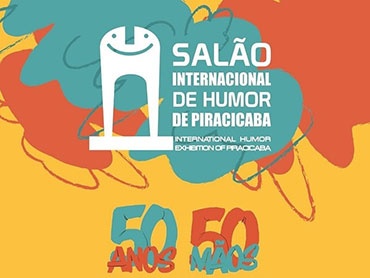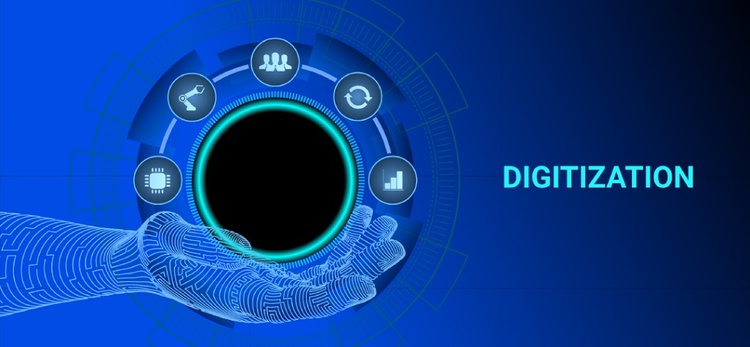
Does a work lose authenticity when digitized?
The question of whether a work loses authenticity when digitized has generated widespread debate in the artistic and cultural spheres. Digitization allows for the reproduction of images of paintings, sculptures, and historical documents with surprising fidelity, democratizing access to art and bringing it closer to millions of people who would be unable to view it physically. However, this advantage raises questions about the value and essence of the original work.
The authenticity of a work is not limited solely to its visual appearance. It also involves elements such as texture, materials, the technique used by the artist, and, above all, the sensory experience of viewing it in a physical space. An oil painting, for example, conveys nuances that a digital screen can hardly replicate, such as the relief of brushstrokes or the interaction of light with the paint.
On the other hand, digitization does not necessarily destroy authenticity; rather, it offers a new way of experiencing art. By reproducing it in digital format, the work acquires another dimension: it can be disseminated, reinterpreted, and preserved in a technological environment. This type of "digital authenticity" opens up creative avenues, such as NFTs or immersive experiences, which do not seek to replace the physical work, but rather to expand it.
In conclusion, a work does not lose its authenticity by being digitized; rather, different levels of authenticity are generated. The original retains its unique and unrepeatable value, while the digital version functions as a tool for cultural access, preservation, and reinterpretation.
Latamarte
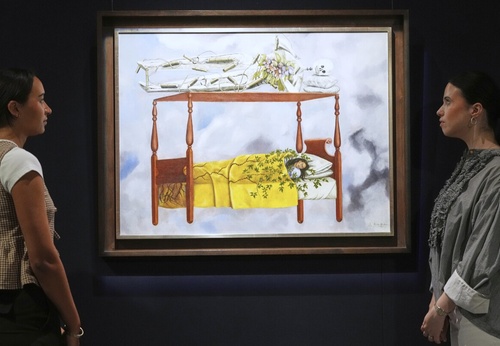
- November 26, 2025
Frida Kahlo Breaks World Auction Record

- November 26, 2025
El Dorado | Painting Exhibition by Enriquestuardo Alvarez from Ecuador

- November 26, 2025
The clown who would be king?

- November 26, 2025
Joao Cavalcante - Brazil
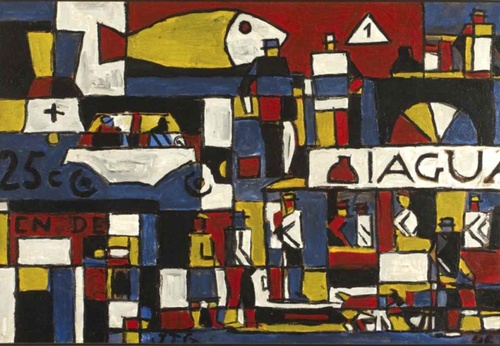
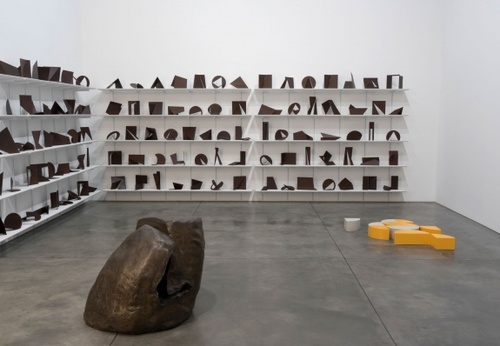
- November 26, 2025
The Influence of Brazilian Neo-Concretism on Contemporary Art
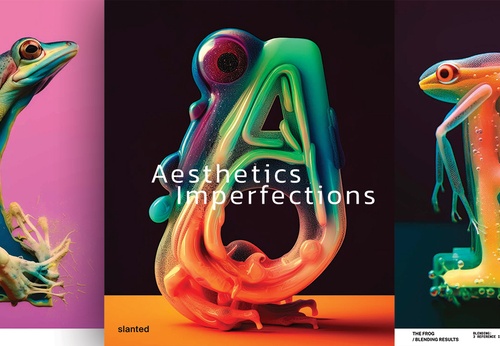
- November 25, 2025
Aesthetics Imperfections | Slanted Publishers

- November 25, 2025
Creating Art with Alcohol Ink

- November 25, 2025
Graffiti as a tool for social activism in Latin America

- November 26, 2025
Latin American Abstract Painting: From …

- November 26, 2025
The Influence of Brazilian Neo-Concreti…

- November 25, 2025
Graffiti as a tool for social activism …

- November 25, 2025
Street art en São Paulo, Bogotá y Ciuda…

- November 23, 2025
Contemporary Sculpture in South America

- November 22, 2025
Graffiti as a Tool for Social Activism …

- November 22, 2025
Latin American Urban Artists Who Are Se…

- November 20, 2025
The Evolution of Modernism in Latin Ame…

- November 19, 2025
Colombia: Muralism as a Social Voice an…

- November 19, 2025
Brazil: The Creative Power of Urban Art

- November 18, 2025
Visual Arts: History, Languages, and Cu…

- November 18, 2025
Indigenous Art: Characteristics and Typ…

- November 17, 2025
What are the types of AI?

- November 16, 2025
The Importance of Aesthetic Experience …

- November 16, 2025
Art as a Mirror of Culture: Between Tra…

- November 15, 2025
The Influence of Artificial Intelligenc…

- November 15, 2025
The Evolution of Digital Art in the 21s…

- November 13, 2025
Urban Art in Latin America: A Visual Re…

- November 13, 2025
Urban Art in Latin America

- November 12, 2025
The Art of Photography: Capturing the E…

- August 29, 2023
The history of Bolivian art

- February 19, 2024
Analysis and meaning of Van Gogh's Star…

- January 28, 2024
Culture and Art in Argentina

- September 25, 2023
What is the importance of art in human …

- September 23, 2023
What is paint?

- August 10, 2023
14 questions and answers about the art …

- August 23, 2023
The 11 types of art and their meanings

- August 30, 2023
First artistic manifestations

- September 23, 2023
Painting characteristics

- January 12, 2024
10 most beautiful statues and sculpture…

- September 23, 2023
History of painting

- March 26, 2024
The importance of technology in art1

- March 26, 2024
Cultural identity and its impact on art…

- August 16, 2023
The 15 greatest painters in art history

- April 06, 2024
History of visual arts in Ecuador

- April 02, 2024
History visual arts in Brazil

- October 18, 2023
History of sculpture

- July 13, 2024
The impact of artificial intelligence o…

- August 13, 2023
9 Latino painters and their great contr…

- January 31, 2024
Examples of Street Art – Urban Art

- February 19, 2024
Analysis and meaning of Van Gogh's Star…

- August 13, 2023
9 Latino painters and their great contr…

- August 23, 2023
The 11 types of art and their meanings

- August 10, 2023
14 questions and answers about the art …

- August 29, 2023
The history of Bolivian art

- August 27, 2023
15 main works of Van Gogh

- January 28, 2024
Culture and Art in Argentina

- November 06, 2023
5 Latin American artists and their works

- September 23, 2023
Painting characteristics

- September 23, 2023
What is paint?

- September 25, 2023
What is the importance of art in human …

- August 30, 2023
First artistic manifestations

- March 26, 2024
Cultural identity and its impact on art…

- December 18, 2023
10 iconic works by Oscar Niemeyer, geni…

- January 20, 2024
What is the relationship between art an…

- January 12, 2024
10 most beautiful statues and sculpture…

- October 30, 2023
Characteristics of Contemporary Art

- August 24, 2023
The most famous image of Ernesto "Che" …

- August 22, 2023
What are Plastic Arts?

- May 26, 2024

